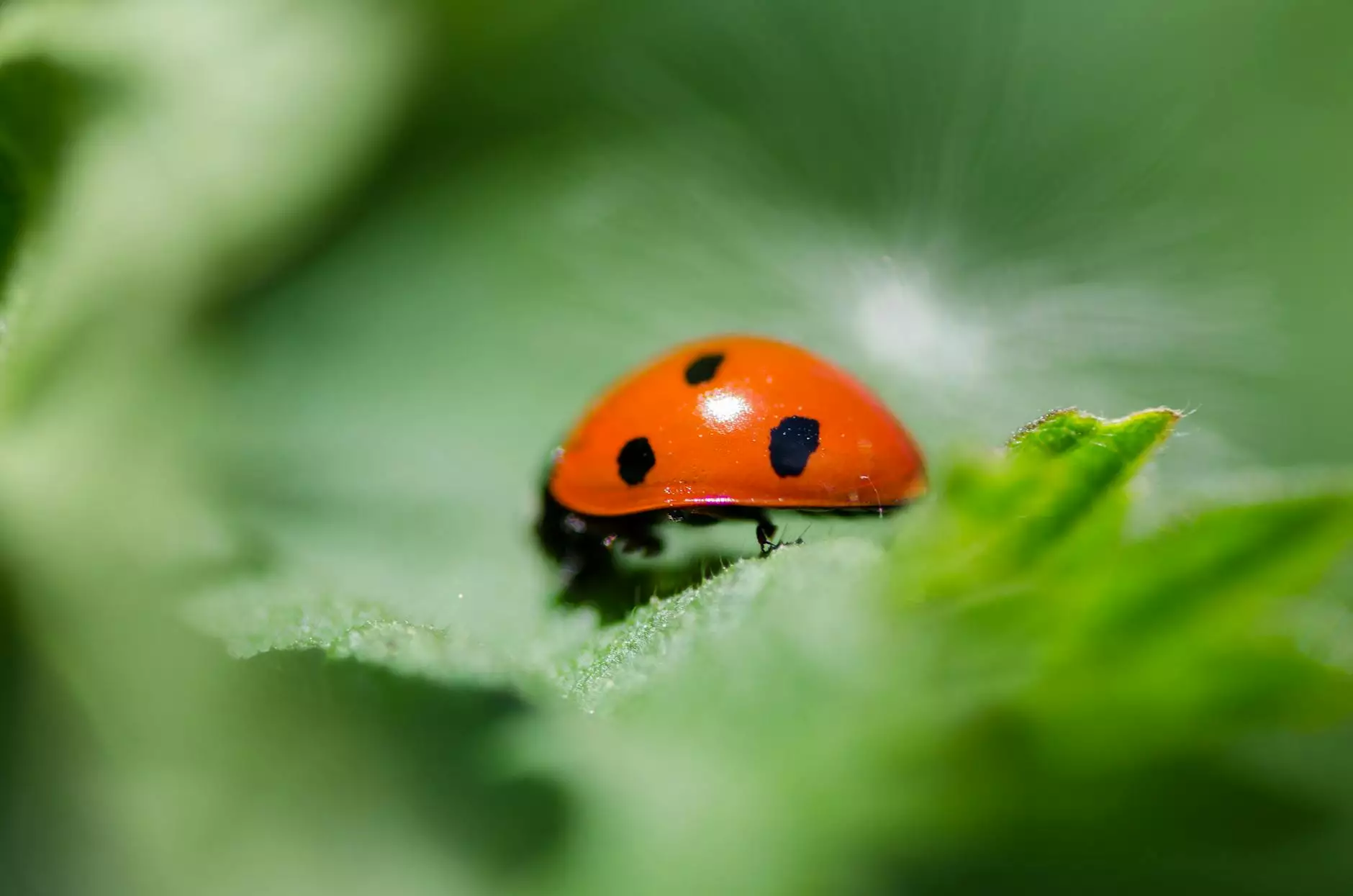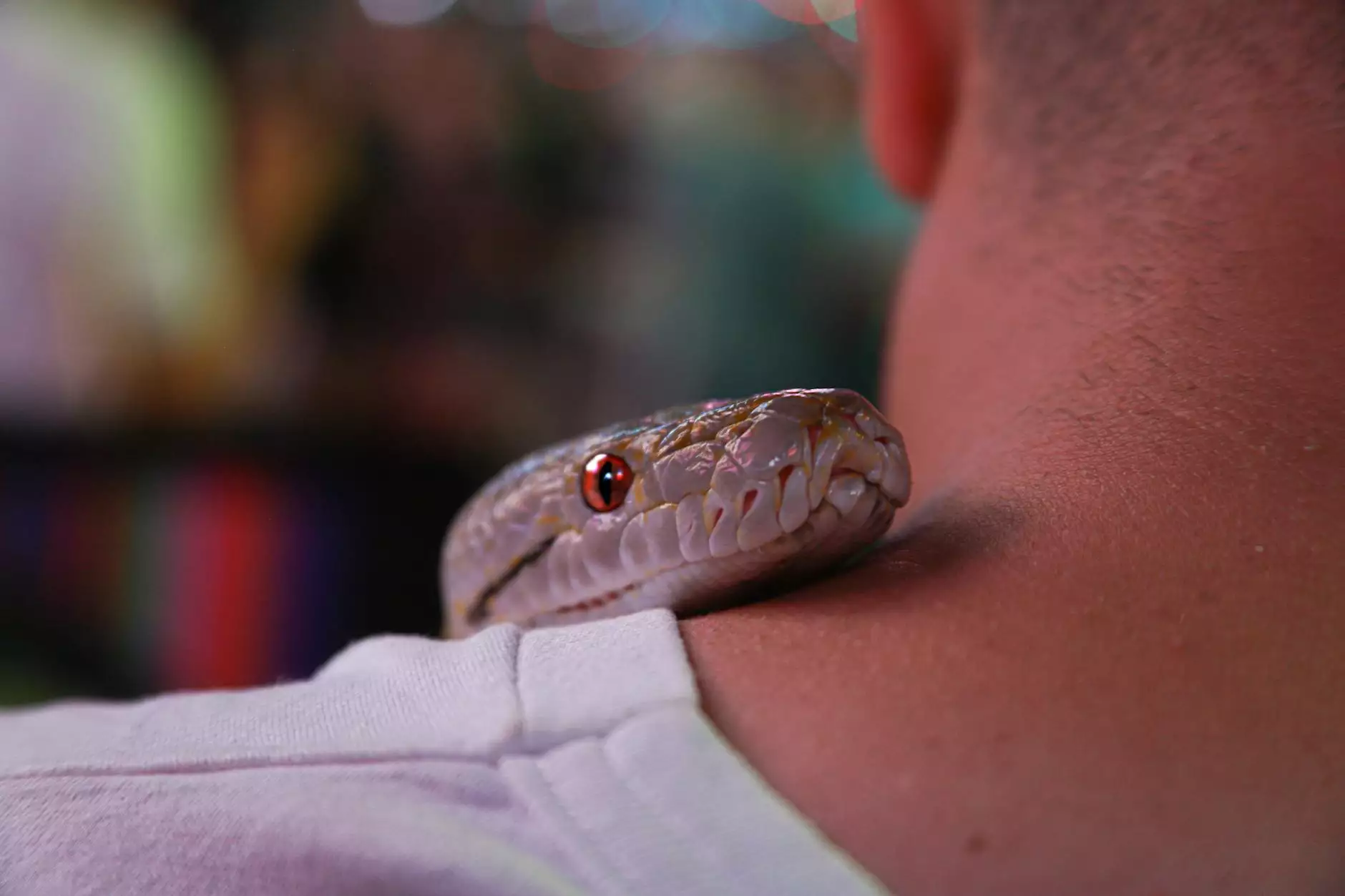Effective Insect and Pest Management: Strategies for Agriculture

Insect and pest management is a critical aspect of modern agriculture that directly influences crop yield, quality, and profitability. By implementing systematic management techniques, farmers can significantly reduce the negative impacts of pests, ensuring a sustainable and productive farming operation. This article delves into various strategies, tools, and techniques that can be employed for effective insect and pest management.
The Importance of Insect and Pest Management
Insects and pests cause billions of dollars in damage to crops annually. For farmers and agricultural businesses, understanding the importance of insect and pest management is crucial. The key benefits include:
- Increased Crop Yield: Effective management reduces pest populations, leading to healthier plants and higher yields.
- Cost Efficiency: By preventing pest outbreaks, farmers can avoid costly losses and less reliance on chemical treatments.
- Environmental Sustainability: Integrated pest management (IPM) promotes the use of eco-friendly pest control methods, benefiting the environment.
Understanding Common Agricultural Pests
Different pests target various crops, making it essential for farmers to identify them correctly. Here are some common agricultural pests:
- Aphids: Small insects that often feed on the sap of plants, leading to stunted growth and yellowing leaves.
- Cutworms: Larvae that cut young plants at the stem level, especially during the night.
- Whiteflies: Tiny flying insects that can weaken plants by sucking sap and spreading diseases.
- Spider Mites: Microscopic creatures that thrive in hot, dry conditions, and can damage leaves causing discoloration.
Integrated Pest Management (IPM) Approach
Integrated Pest Management (IPM) is a holistic approach combining different management practices for effective pest control. Below are the core components of IPM:
1. Monitoring and Identification
Monitoring involves regularly inspecting crops for signs of pest activity. Identifying pests at an early stage allows for timely interventions. Farmers should utilize:
- Sticky traps
- Visual inspections
- Field scouting
2. Cultural Control
Cultural practices help to create an environment less conducive to pest infestations. Strategies include:
- Crop rotation
- Adjusting planting dates
- Utilizing resistant crop varieties
3. Biological Control
Biological control involves using natural predators or parasites to control pest populations. Examples include:
- Ladybugs for aphid control
- Parasitic wasps for caterpillars
4. Mechanical and Physical Control
Employ mechanical traps, barriers, or removal practices to keep pests at bay. This can be as simple as:
- Hand-picking pests off plants
- Using row covers to protect seedlings
5. Chemical Control
When monitoring indicates a significant pest presence, chemical pesticides might be necessary. It's essential to:
- Choose pesticides that are targeted and environmentally friendly.
- Follow application guidelines strictly to minimize negative impact.
Farm Equipment Repair and Maintenance for Pest Management
Efficient farm equipment repair and maintenance play a significant role in effective insect and pest management. Well-maintained equipment ensures that treatments are applied accurately and effectively. Key maintenance practices include:
- Regular Inspection: Check equipment for wear and tear before and after each season.
- Calibration: Ensure that sprayers and other equipment are calibrated for uniform application of pesticides.
- Cleaning: Clean equipment thoroughly to prevent pesticide contamination and maintain efficiency.
Innovative Technologies in Insect and Pest Management
The agricultural sector is continually evolving, introducing innovative technologies that enhance insect and pest management. Some cutting-edge developments include:
- Smart Traps: Automated traps that use sensors to detect pest presence and inform farmers instantaneously.
- Drones: Aerial drones can monitor crop health, identify pest outbreaks, and facilitate targeted pesticide application.
- Data Analytics: Advanced software that analyzes data from various sources to predict pest behavior and optimize management strategies.
The Role of Education and Training
Continual education and training in insect and pest management are crucial for farmers and agricultural professionals. Knowledge of emerging threats and the latest management practices can lead to:
- Improved Decision-Making: Educated farmers can make informed choices about pest management strategies.
- Community Engagement: Involvement in local agricultural extension programs fosters knowledge sharing.
Conclusion
Effective insect and pest management is vital for sustainable agriculture and plays a significant role in maintaining high crop yields, reducing costs, and protecting the environment. By adopting an integrated approach that includes monitoring, cultural practices, biological methods, and maintaining equipment, farmers can successfully manage pest populations. Engaging with innovative technologies and ongoing education ensures continued effectiveness in this essential field. The impact of pest management reaches far and wide, solidifying the future of agriculture.
Call to Action
If you're interested in learning more about how to optimize your pest management strategies or need support with farm equipment repair and maintenance, visit tsgcinc.com for more resources and assistance!



